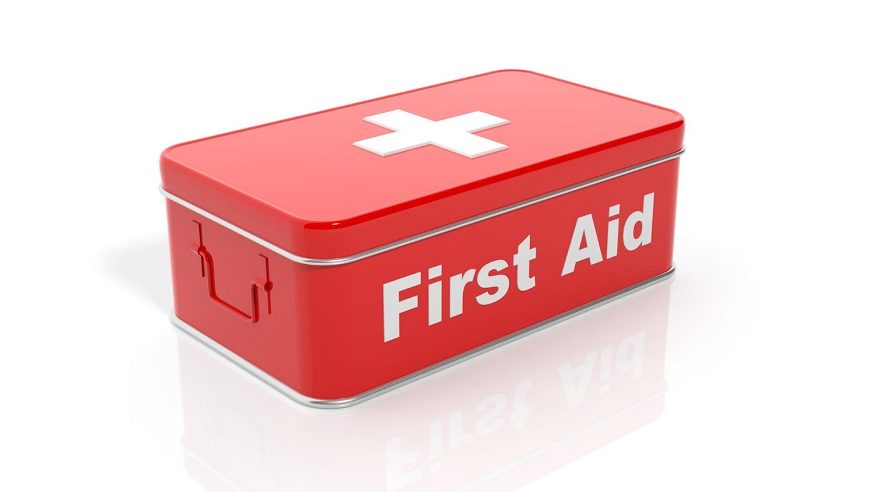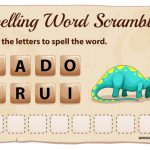First Aid Tips That Every Parent Should Be Aware Of
Know how to dress your child’s wound using a bandage?
That’s merely scratching the surface of First Aid Treatment Skills!
We cannot expect our children to forever live in the bubbles we have created for them. When it comes to the safety of our kids, we can never be careful enough. While keeping our children safe can feel like a full-time job, with a few more skills it can be a whole lot more manageable.
In this article we have curated for you a list of the best first aid techniques, to ensure you’re on top of things when your little one gets in trouble. So, don that ‘safety belt’, as we embark on a journey into common health hazards, with a view to getting the better of them.
10 Basic First Aid Tips
Beneath is a list of the 10 Basic First Aid Tips that you need to be apprised of, to keep your child out of harm’s way. In it, you will find all the general first aid tips, including first aid tips for babies, who have no idea of those lurking dangers.
#1 When Baby Is Choking
A list of first aid tips for babies, must begin with one of the most serious of all hazards – namely, Choking.
- Look in their mouth. If there is something obvious, remove it with your fingers.
- Give them up to 5 back blows, checking between each one to see if the blockage has cleared.
- If they are still choking, you want to call emergency services immediately and start chest thrusts with immediate effect.
#2. If they are unconscious and not breathing
Remember all those countless times you heard a reference to CPR? Now is when you might really want to know how to administer it!
- Carefully tilting the head, lift the chin to roughly a horizontal position.
- Seal your mouth around their mouth and nose, and then blow into them gently with a puff of your cheeks, ensuring their chest rises each time. Do this 5 times.
- Give them compressions (pushing hard and fast on the center of their chest). After about 30 compressions, give them 2 more short, sharp breaths.
- Keep going.
#3. Nose Bleeds
You never know when those first aid techniques might come in handy. For instance, in the case of nosebleeds, that are extremely common in children under 10 years.
- Let your child sit upright in a chair, with their head tilted slightly forward.
- Using a clean cloth, pinch the top of their nose for 10 minutes.
- If the nosebleed has not stopped by now, take them to the doctor.
#4. Seizures
Seeing their little one have a seizure is heartbreaking for parents. But they don’t have to feel helpless about it.
- Remove any objects around them, to ensure their safety.
- Using a pillow, cushion their head.
- Time how long the fit lasts.
- Loosen any tight clothes and remove any excess clothing, if possible.
#5. Burns
While burns can be of different grades, none of them can be considered trivial. First aid treatment for burns should be immediate.
- Keep the burnt area under a steady stream of cool running water, for at least 15 minutes.
- After the burn area has settled down, gently dry it and apply a burn ointment like Burnol.
- If the burn is in a sensitive place, or on account of an electric shock, rush them to the hospital.
#6. Head Injuries
Head injuries in children are more common than you can imagine. If they have lost consciousness even momentarily, rush them to the hospital. If not, here’s what you can do.
- Using a clean cloth, control any bleeding by applying pressure directly to the impacted area.
- Apply an ice pack for 10 minutes, to help reduce bruising.
- Observe them carefully for the next 24 hours. In case of any worrying signs, rush them to the hospital.
#7. Deep Cuts
While frequently occurring small cuts usually don’t need much treatment, deep cuts must be paid more attention.
- Wash the wound carefully with water, dry it and cover it with sterile gauze.
- Apply consistent pressure for about 5 minutes. If the bleeding stops, wrap a sterile bandage around the gauze, sticking it with sterile tape.
- Continue to apply pressure. If bleeding persists, see a doctor.
#8. Sprains
While fractures happen once in a blue moon, sprains can be more frequent.
- Make sure that you rest, ice and compress the affected joint, ensuring that it is kept in an elevated position.
- It is safe to use Over-The Counter Medication, to reduce pain and swelling.
- If the pain and swelling persist, or if the joint appears deformed, you want to seek medical help.
#9. Foreign Objects
It can be scary when foreign objects get in their nose or ear!
- In the case of babies and younger children, do not try to take that object out. You will only end up pushing it in further.
- For older kids and teenagers, you can use a pair of tweezers.
- In the case of something in the nose, close the unblocked nostril and ask them to blow through the other one.
- If an insect has flown in the ear, add a little baby oil to float it out.
#10. Bringing Down a Fever
This last tip, in all probability, is the one you will end up using most.
- Check their temperature, If it is above 100.5, it might be associated with an infection.
- Dress them in light clothing.
- Ensure they are getting plenty of liquids.
- Give them a cool bath.
- Ask your paediatrician if you might give them a fever-reducing medication.
The staff at EuroKids is well equipped with all the First Aid Skills that might be required in case of any sudden problem. We strongly believe that First Aid Saves Lives, and hold the safety of your kids as our number one priority. We encourage you to follow the First Aid Tips outlined here, to possibly rule out any visits to the emergency room.















